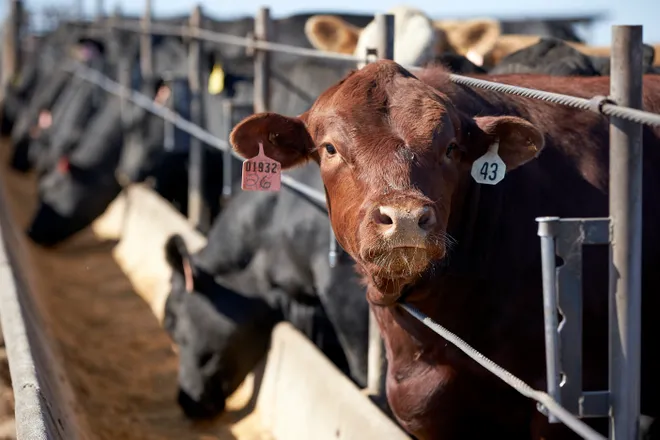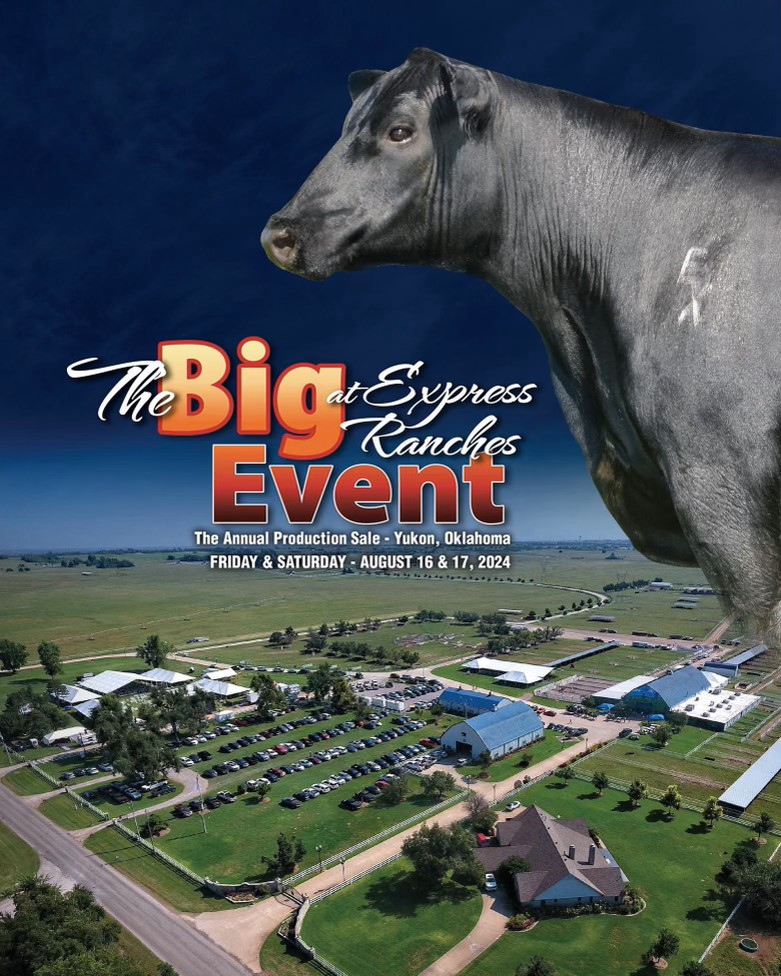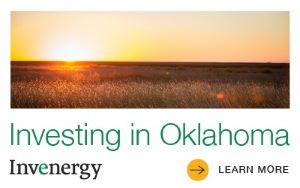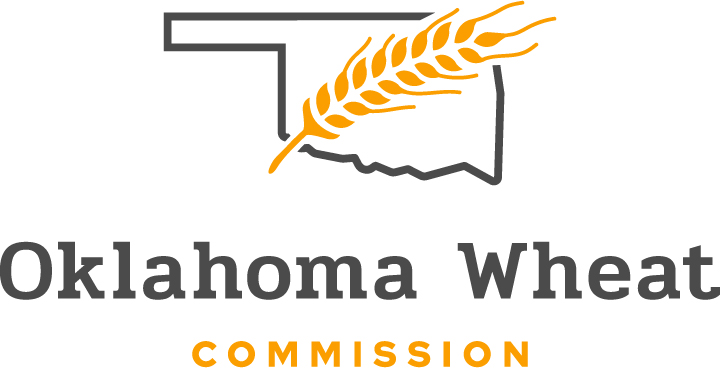
Senior Farm and Ranch Broadcaster, Ron Hays, is speaking with Oklahoma State University Extension Livestock Marketing Specialist, Derrell Peel, about the latest Cattle on Feed report issued by the USDA on April 21, 2023.
“This April Cattle on Feed report showed placements in March at 99 percent of last year, marketings in March were also at 99 percent of last year, and the April 1 on feed total was 96 percent of one year ago,” Peel said.
While some expected this report to be more friendly in terms of tighter numbers, Peel said the report is still within the range of analyst estimates.
“It wasn’t a complete surprise,” Peel said. “I don’t know how the market will react to it. It may take it slightly bearish, but you know, it is not a severely bearish report. I think the cattle on feed number is probably one percent higher than the average expectation.”
The placements came in a little larger, Peel said, but some of the analysts anticipated that trend. (Editor’s note- the average pre-report guess for placements was 95% of a year ago)
“I think this report is more just kind of a continuation of setting the stage for the tightening of numbers that is going to happen,” Peel said. “It is just not happening real fast at this point in time.”
With higher wholesale boxed beef prices and cash cattle trade, the impacts of a tighter market are becoming more visible.
“Futures traders, in particular, like to look for reasons to move the market around short-term,” Peel said. “It doesn’t change the underlying fundamentals and the fact that we are moving inevitably towards significantly tighter numbers for the foreseeable future.”
Stronger markets this spring, Peel said, have been anticipated.
“If there is a surprise a little bit, it is how fast the fed-cattle market got to record levels,” Peel said. “Not the fact that they did get to record levels, but perhaps it is a little bit sooner than I expected, but I think again, that is just a sign of the times if you will, and certainly there is more where that came from.”
Peel said he anticipates higher fed cattle prices to come.
“Seasonally, fed cattle prices peak about now, late March and early April,” Peel said. “Typically, they would back down from now through late summer to September or Labor Day low and go up again in the fourth quarter. I think we will see less of that seasonal pattern on the fed cattle again than normal, but they might plateau- they might even pull back a little bit, but there will be a minimal kind of a summer drop, if any, and then they will continue up.”
The lightweight feeder cattle usually peak this time of year, Peel said, but that probably won’t change very much.
“I think the uptrend in the market is going to offset the seasonality,” Peel said. “The bigger feeder cattle are actually the ones that are probably the tightest in some sense right now as feedlots are marketing a lot of cattle. The replacement cost is expensive for them, but the numbers are getting tighter, and they are scrambling to find those cattle to replace the feedlot supplies.”
Regarding the drought, Peel said there has not been enough improvement in conditions to say the drought is over and that the industry can turn toward rebuilding. When the industry can turn toward rebuilding, Peel said, is when the tightest supplies will happen.
“I don’t think it really happens in 2023, not before the end of the year,” Peel said. “At the very earliest, it is probably 2024.”
The Beef Buzz is a regular feature heard on radio stations around the region on the Radio Oklahoma Ag Network and is a regular audio feature found on this website as well. Click on the LISTEN BAR for today’s show and check out our archives for older Beef Buzz shows covering the gamut of the beef cattle industry today.


















